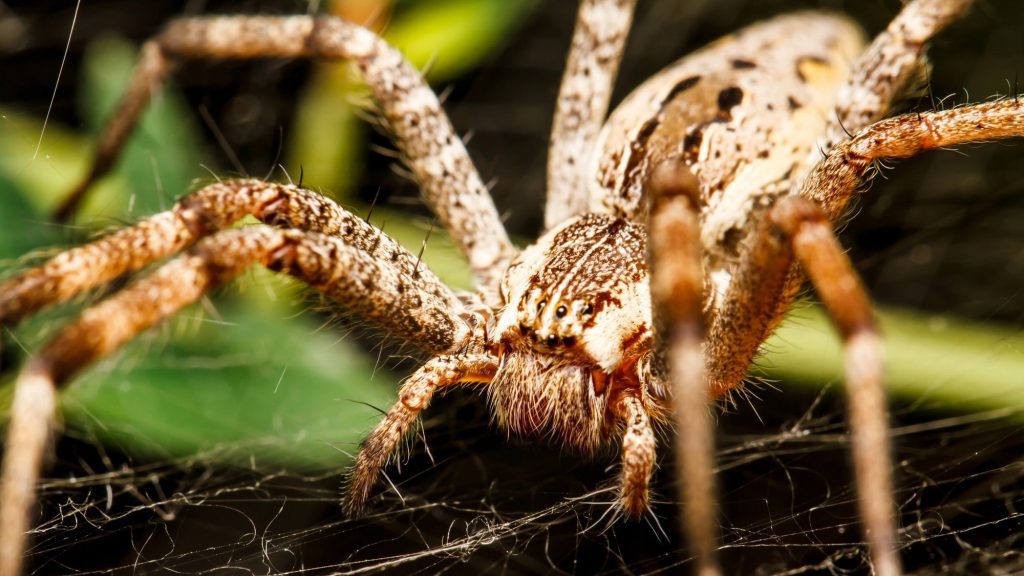Spiders are natural dancers. After millions of years of evolution, many types use fancy footwork to convey information about courtship ceremonies, to territorial conflicts, to hunting plans. Researchers typically watch these movements in controlled environments using laser vibrometers. Unfortunately, the high cost and sensitivity of these systems often limit their use in the field.
To address this issue, a University of Nebraska-Lincoln PhD student combined small, affordable contact microphones with a machine learning program for sound processing. He then took the system into the forests of north Mississippi for testing.
The results of Noori Choi, a recent study published in Communications Biology, reveal a novel method for studying the subtle movements of spiders on woodland surfaces. Choi spent two hot summer months setting up 25 microphones and pitfall traps across 1,000-square-foot sections of forest floor, collecting 39,000 hours of data, including over 17,000 series of vibrations.
[Related: The first electric blue tarantula known to science.]
Of course, not all the sounds recorded were from the wolf spiders Choi was interested in. Forests are noisy environments with buzzing insects, chatty birds, rustling branches, and human-made noises like plane engines. These vibrations needed to be identified and separated from the spider movements.
“The vibroscape is a more complex signaling space than we anticipated, as it includes both airborne and substrate-borne vibrations,” Choi explained in a recent university profile.
Previously, analyzing the recordings was a laborious and time-consuming task that could limit the scope of the research. However, Choi developed a machine learning program to filter out unwanted sounds and isolate the vibrations from three different wolf spider species: Schizocosa stridulans, S. uetzi, and S. duplex.
Further analysis provided interesting new insights into spider behaviors, including similarities in acoustic frequency, time, and signaling space between the S. stridulans and S. uetzi sibling species. Choi discovered that both wolf spider variants typically limited their signaling to when they were on top of leaf litter, rather than pine debris, indicating competition for territory.
“They may have limited options because signaling in different places or substrates could disrupt communication and prevent them from achieving their goal of attracting mates,” explained Choi, who is now a postdoctoral researcher at Germany’s Max Planck Institute of Animal Behavior. stated on Monday.
Furthermore, S. stridulans and S. uetzi seem to adjust how they communicate depending on their crowding and the type of crowd. S. stridulans, for instance, would extend their intense vibrating courtship dances when they noticed nearby males of the same species. When they sensed nearby S. uetzi, they would slightly change their movements to distinguish themselves from other species, reducing potential confusion during courtship.
In addition to introducing new ways to observe arachnid behavior, Choi’s use of contact microphones and machine learning analysis could also help others monitor an ecosystem’s overall health by listening to spider populations.
“Everyone agrees that arthropods are crucial for ecosystem functioning… if they decline, the entire community could collapse,” Choi mentioned. “There is currently no method for monitoring changes in arthropods.”
Now, Choi’s new method could provide a non-invasive, accurate, and highly effective way to track spiders’ daily movements.









